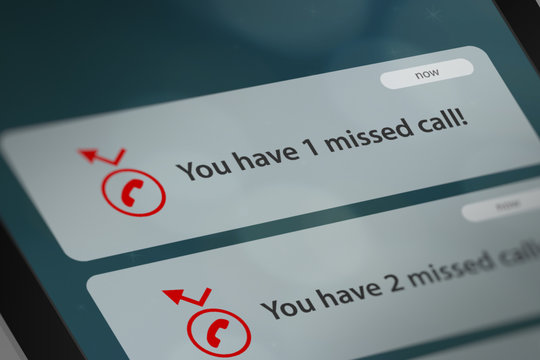I recently stumbled upon a quote by Austin Kleon that says “Creative people need time to sit around and do nothing”, and I agree with him. But who fits into this category of Creative People?
Most often the term Creativity is associated exclusively with the people pursuing alternative professions and hobbies. From this preconception, the question arises if creativity then holds good in the general/traditional workspaces and can employees benefit from being creative?
Creativity is an increasingly popular demand to be built and fostered within the organization’s culture is becoming increasingly popular. When used effectively, creativity can be a key differentiating factor that gives an organization its competitive edge. Creativity invites innovative thinking which further helps a business add value to its products or services. It encourages problem solving and helps employees actively find the silver linings in setbacks/roadblocks.
As organizational leaders, it becomes important to provide an environment that encourages and fosters creativity. Celebrating individual differences and building a diverse team is one way to foster creativity. A diverse team brings with it multiple perspectives, thought processes and styles, ultimately leading to unique and novel ideas. Celebrating individual differences within teams allows employees to feel more autonomy and freedom to express their opinions and ideas, and being placed in a heterogeneous team setting encourages challenging viewpoints, allowing for a lot more “out-of-the-box thinking”.
In an organisational culture where creativity is celebrated, it is also essential for leaders to encourage experimentation and support failure. When failure is accepted and seen in a positive light, employees will be more willing to step out of their comfort zone and experiment, resulting in creative ideas and solutions. It allows for employees to be vulnerable to each other within the teams and look positively toward new ways of thinking or problem-solving.
While there are several ways to foster creativity in the workplace, the key, here, is to get the approach “just right”. The Goldilocks Principle is popularly used across several disciplines and can be applied to this scenario. The principle states that “something must fall within certain margins, as opposed to reaching extremes”. It is derived from the story of Goldilocks, who skips eating porridge from Papa Bear’s bowl because it was too hot to eat, and Mama Bear’s bowl because it was too cold. She chooses to eat from the Baby Bear’s bowl because it was “just right”.
Applying the principle here, too much leadership intervention restricts employees from exercising their creative autonomy and too less will not get the employees to feel engaged in this pursuit of creativity. By providing the “just right” environment and culture, leaders can build and foster a culture that embraces creativity in the workplace.









